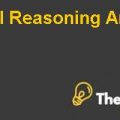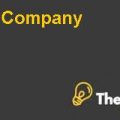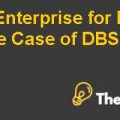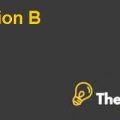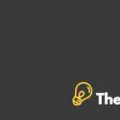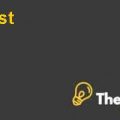
1.) Based on the 2004 statement of profit and loss data (Exhibits 1 and 2), do you agree with Waters’s decision to keep product 103?
The excerpts from exhibit 1 and 2 of the profit and loss statement of 2004 indicate that the company’s product 103 is causing huge losses to the company. Superior has faced a total loss of $2,209 on product 103 which is a loss of $2.16 per unit. The only profitable product of the company in this time period was product 101 but the losses from the product 103 absorbed all the profits and converted them into net losses.
It is clear from the income statement that overall cost of manufacturing the product is 62.5% of the sales. This includes the cost of raw materials, direct labor and the related costs. If the raw materials are purchased in bulks, then discounts can be availed on quantity and this cost can be reduced. The other selling and administrative costs account for 37% of the sales. The only way to reduce these costs is to bring in efficiency in the system in order to produce more number of units. If increased number of units is produced then this amount gets divided over a larger number of units.
According to the industry trend, the individual companies cannot reduce the prices without compromising on the number of units sold. The company’s customers are large and bulk buyers; as it deals in business to business market so a price fluctuation will be harmful. The company’s president cleared the fact that it will be impossible to lower expenses on product 103 as much as $2.16 per 100 pounds. These are the two determinant of profit and loss situation of the product. Since there is no way identified to resolve the problem for product 103 and no way can be found to turn the losses into profits; hence this sector should have been closed out.
Conversely, if we consider the reality that Harvey did not have the basic knowledge of where the cost cutting is possible as he has not served the company for a long time, then we shall analyze the exhibit 2 carefully to dig the underlying cause of the problem.
By analyzing the data for product 103, it is identified that allocation of the indirect cost is done on the basis of different drivers. Those drivers may not be the real determinants of the percentage cost that the product must bear. In this scenario, the product 103 may be bearing the cost which is not caused because of its production. Thus, if the product 103 would have been closed, the costs would have remained the same and the reduced earnings from the sale of this product wouldn’t have been there to absorb this cost.
The company’s management should revise the basis of allocation to distinguish the types of cost that each product is bearing. For example, rent expense is allocated according to the cubic space whereas the area or location may be a better determinant of rent. Similarly, 16.28% of the total cost comes from the selling expense which is allocated on the basis of sales. So if the sales revenue of the product declines, then the cost associated with selling expense will also reduce whereas sales is not the real driver of selling expense.
2.) Should Superior lower as of January 1, 2006 its price of product 101? What should be the lowered price?
According to the industry trend, the market leader of the industry, Samara Company changed the prices according to its goals and objectives. Other companies in the industry were forced to increase or reduce the prices according to that company whether it served the purpose and goals of the individual company or not. If any company did not change the price according to the leader, then that company faced severe volume reduction and capacity problems.
In the end of 2005, Samara Company reduced the price on product 101 from $24.50 to $22.50 per 100 pounds. In this situation if Superior did not change the price according to Samara, then it would lose a total of 250,000 units out of 1 million that it would sell on comparable industry price. However, the Superior was in a very contemplating condition regarding its profit and loss situation that would occur as a result of these changes.
According to the General Manager, the prices were going to reduce even more for other products as well. After the analysis of the external situation, the accounting department shared their anticipation that the standard costs in use would probably apply during 2006, with two exceptions that materials and supplies would be about 5% below the 2005 standard.
This created a severe pricing problem for the company. The decision was to be made about whether to reduce the price or not. The sales and cost forecast conveyed the fact that the company’s cost would remain more than $22.50, even after the favorable trend in materials and supplies cost. Thus, the president offered the decision that $24.50 price should be continued.
This decision wanted the logical and numerical proofs and forecasted statements that would be generated in each of this alternative. According to the calculation, the cost of producing 1 Million units would be $22,566.10. This cost is calculated with the assumption that the standard cost of 2005, except materials and supplies would be applied in 2006. Thus, when this cost is divided with the number of units, the $22.57 per unit cost is achieved. The price per unit is................................
This is just a sample partial case solution. Please place the order on the website to order your own originally done case solution.


